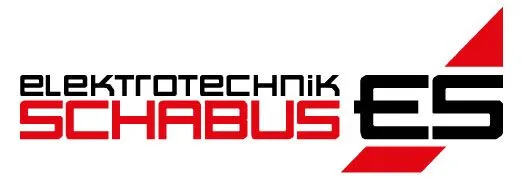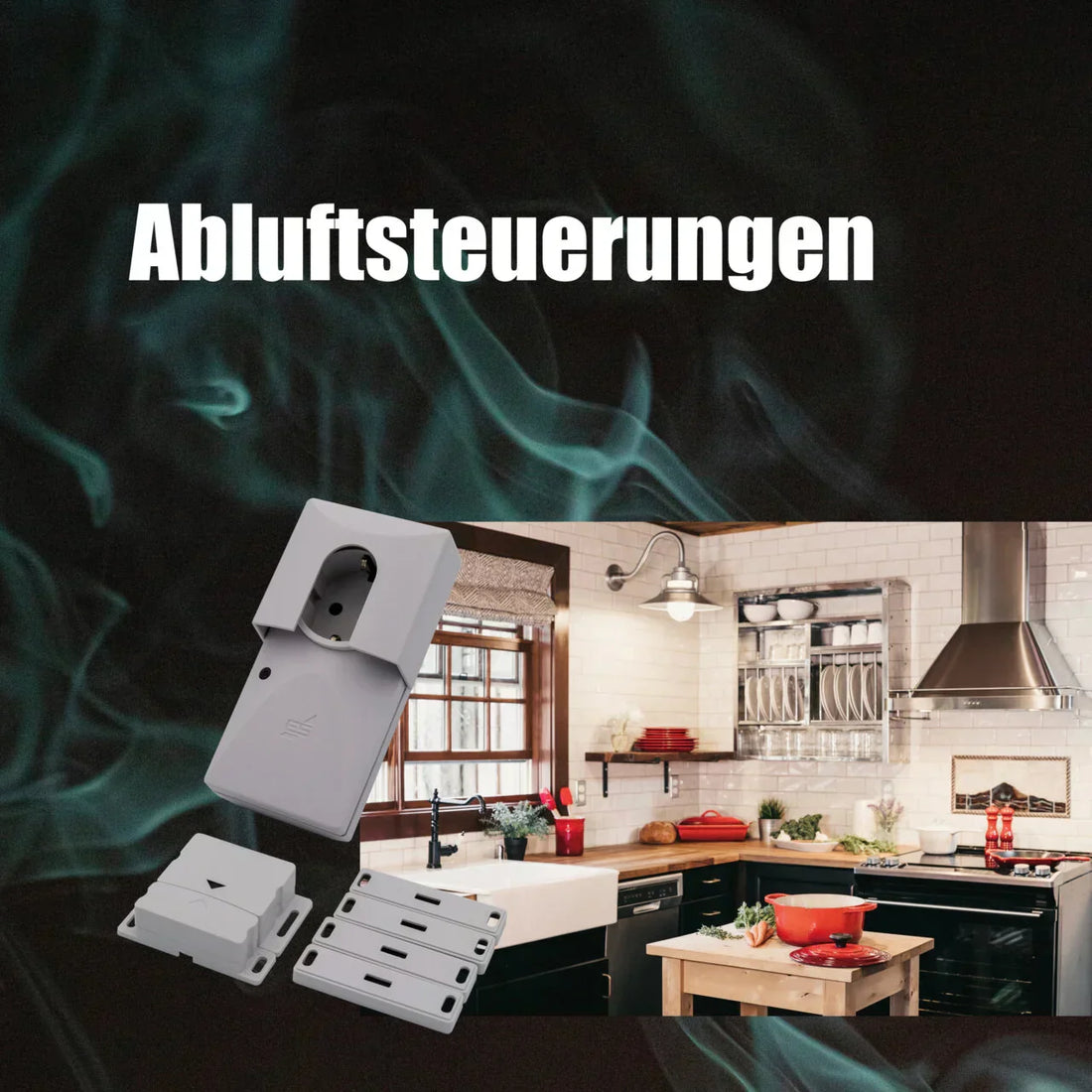Safety devices are subject to building regulations and are only permitted if they bear the conformity mark (Ü-mark) from the German Institute for Building Regulations (DIBt)!
Source: State Building Code § 20 Building Products (1)
When purchasing, pay attention to the DIBt approval!
Your exhaust air control (window contact switch) should definitely be DIBt-approved to ensure maximum safety. Your chimney sweep will also check for this certification if they recommend such a system.
Extract from the Combustion Ordinance (Section 4 (2) FeuVO)
§ 4 Installation of fireplaces
(2) Room air-dependent fireplaces may only be installed in rooms, apartments or units of use of comparable size from which air is extracted by means of fans, such as ventilation or warm air heating systems, extractor hoods, exhaust air tumble dryers, if
1. simultaneous operation of the fireplaces and the air extraction systems is prevented by safety devices, or
2. the exhaust gas flow is monitored by special safety devices, or
3. the exhaust gases from the fireplaces are removed via the air extraction systems or
4. the design or dimensioning of the air extraction systems ensures that no dangerous negative pressure can arise.
5. Building owners or owners of the combustion plant are generally obliged to comply with the provisions of the Combustion Ordinance.
Source: Quote from Ministerial Councillor van Hazebrouck, Supreme Building Authority in the Bavarian State Ministry of the Interior, 04.06.2009
An exhaust air control is a device that reliably shuts down an exhaust air system as long as certain conditions do not exist that allow the exhaust air system to start up.
The best-known example of an exhaust air control is the extractor hood control.
In principle, an exhaust air control system is always required when both an exhaust air system (extractor hood, bathroom fan, vented dryer, etc.) and a combustion unit (fireplace, Swedish stove, gas boiler, etc.) are present in the same living space. Chimney sweeps usually point out the necessity of such a safety device.
Paragraph 4 of the FeuVO (Fireplace Ordinance) states that if a so-called room air-dependent combustion facility is present, a supply of fresh air must be ensured if an exhaust air system is put into operation at the same time.
So, fresh air for exhaust air; here it's all about pressure equalization. To save energy, apartments and houses are being built more and more tightly, doors and windows are being insulated, walls are being insulated, and even the smallest cracks are being sealed. If an exhaust air system is put into operation in such a living space, a significant negative pressure immediately develops, creating the risk of pressure equalization via the combustion chamber, which is openly connected to the chimney. This not only sucks dirty smoke and possibly soot into the room, but above all, the toxic and all too often deadly gas carbon monoxide, or CO for short, and this must be avoided at all costs.
Exhaust air dryers, as well as other exhaust air systems with very high power consumption, occupy a special position. While extractor hood controls typically only switch up to 5 amps, exhaust air controls for these power-hungry appliances must be able to switch significantly higher power outputs. They are constructed identically to the controls for extractor hoods, but equipped with a much thicker relay. The principle is also the same: when a window is opened, the dryer can be operated. Due to a lack of high demand, however, we only offer two versions here: the wireless exhaust air control FDS 216 (300460) in the adapter plug housing and the cable exhaust air control KDS 116 (300750) in the installation box with screw terminals for connection. From a purely technical perspective, there is nothing to prevent these from being used for extractor hoods, but due to the larger design of the 16A relay, only one of these components can fit in the housing, and therefore these two circuit breakers do not have DIBt approval. The DIBt requires that all safety-relevant components be redundant, i.e. duplicated.
Now there are also gas boilers that are installed, for example, in windowless sanitary rooms, where a bathroom fan is supposed to extract moist air from the room at the same time. In this case it would be impossible to open a non-existent window to equalize the pressure. In these conditions, only gas boilers that switch the bathroom fan on or off via ignition information should be installed. The information as to whether a gas boiler is currently ignited and in heating mode is ideally provided by a potential-free contact in the boiler, which is accessible to the installer via a screw terminal. Since these contacts cannot usually withstand high loads and therefore cannot directly switch a fan motor, Elektrotechnik Schabus offers two exhaust air controls that can query precisely these potential-free contacts and, depending on the contact, switch a potential-free changeover relay, to which the bathroom fan is in turn connected. To better distinguish these exhaust air controls from the other exhaust air controls, we call them “gas boiler controls”, although of course they do not control the gas boiler, but rather, as with all others, only the fan motor is switched on and off.
For a wireless connection between a gas boiler and a bathroom fan, choose the FGS 170 set (300714). It consists of a transmitter that scans the potential-free contact of the gas boiler and operates on 230 volts mains voltage, and a receiver with a relay contact that switches the bathroom fan and also operates completely without batteries. For an adjacent room – the wireless connection doesn't extend any further – that may have another fan, there is an FGS 170-E additional receiver (300701), which is coded to the transmitter at the factory. For the cable connection between the potential-free contact of the gas boiler and the switching relay for the bathroom fan, we install the cable gas boiler control KGS 116 (300715). Unlike the wireless control, which only switches 5 A, it can switch up to 16 A, allowing additional fan motors to operate on a single relay.




